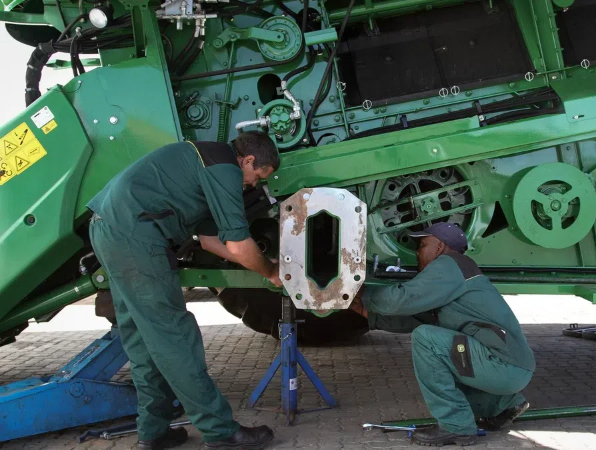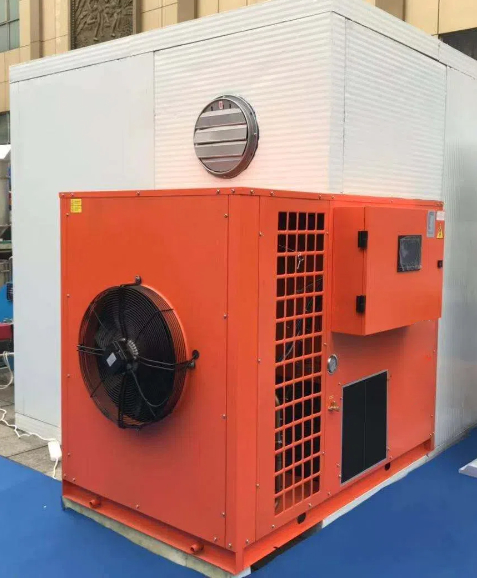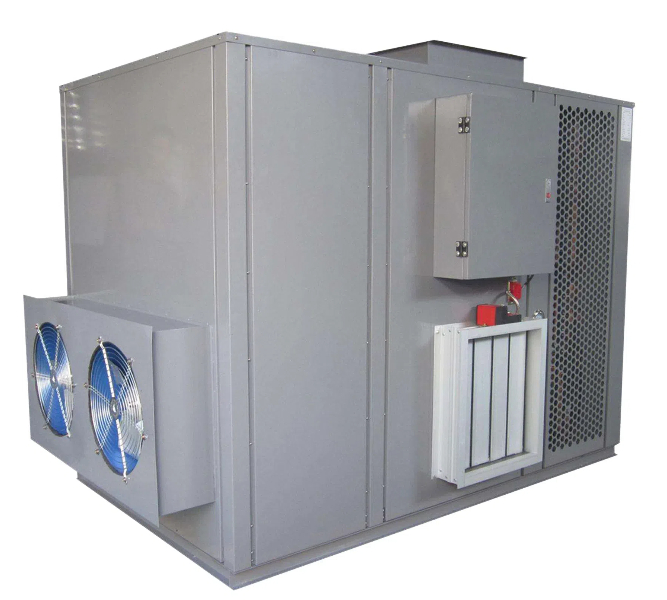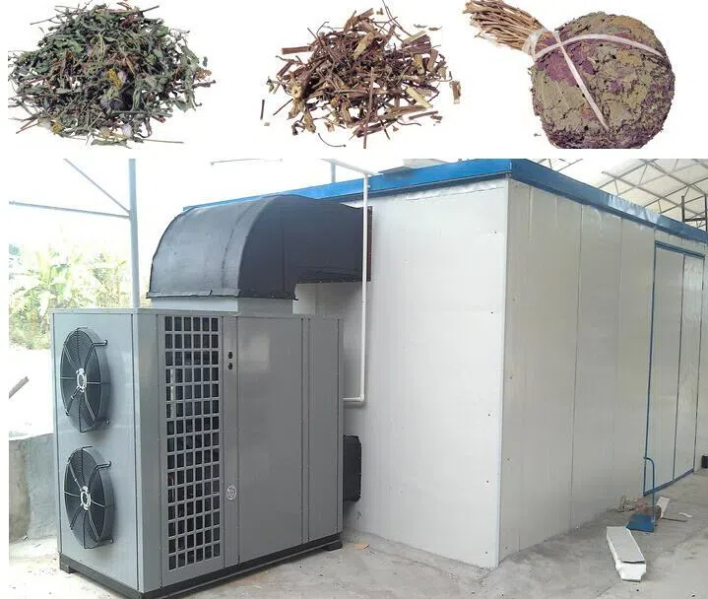
Content Menu
● Introduction
● What is a Heat Pump Dryer?
>> How Does a Heat Pump Dryer Work?
● Benefits of Heat Pump Dryers
>> 1. Energy Efficiency
>> 2. Gentle on Clothes
>> 3. No Need for Venting
>> 4. Environmental Impact
● Potential Drawbacks
>> 1. Higher Initial Cost
>> 2. Longer Drying Times
>> 3. Maintenance Requirements
● Who Should Consider a Heat Pump Dryer?
● Tips for Maximizing Heat Pump Dryer Efficiency
● Popular Heat Pump Dryer Models
● Conclusion
● Frequently Asked Questions
>> 1. How much energy can I save with a heat pump dryer?
>> 2. Are heat pump dryers suitable for all types of fabrics?
>> 3. Do heat pump dryers require special installation?
>> 4. How long do heat pump dryers typically last?
>> 5. Can heat pump dryers handle large loads of laundry?
Introduction
In recent years, heat pump dryers have gained popularity as an energy-efficient alternative to traditional tumble dryers. As more households seek ways to reduce their energy consumption and environmental impact, these innovative appliances have become a topic of interest. But are heat pump dryers really worth the investment? Let's delve into the world of heat pump dryers and explore their benefits, drawbacks, and overall performance.
What is a Heat Pump Dryer?
A heat pump dryer is a type of clothes dryer that uses heat pump technology to dry clothes more efficiently than conventional dryers. Unlike traditional dryers that expel hot, moist air, heat pump dryers recirculate air within the drum, extracting moisture and reusing the heat.
How Does a Heat Pump Dryer Work?
To better understand the functionality of heat pump dryers, let's watch this informative video:
The video demonstrates the key components and processes involved in heat pump drying:
1. Air circulation: Warm air is circulated through the drum, absorbing moisture from the clothes.
2. Heat exchange: The moist air passes through an evaporator, which cools and condenses the water vapor.
3. Reheating: The dried air is then reheated by the condenser and recirculated back into the drum.
4. Water collection: Condensed water is collected in a tank or drained directly.
This closed-loop system allows heat pump dryers to operate at lower temperatures and recycle heat, resulting in significant energy savings.

Benefits of Heat Pump Dryers
1. Energy Efficiency
The primary advantage of heat pump dryers is their exceptional energy efficiency. These appliances can use up to 50% less energy compared to conventional dryers, leading to substantial savings on electricity bills over time.
2. Gentle on Clothes
Heat pump dryers operate at lower temperatures than traditional dryers, which means they're gentler on fabrics. This can help extend the life of your clothes by reducing wear and tear, fading, and shrinkage.
3. No Need for Venting
Unlike conventional dryers that require external venting, heat pump dryers are ventless. This makes them more flexible in terms of installation, as they can be placed in various locations within your home.
4. Environmental Impact
By consuming less energy, heat pump dryers contribute to a reduction in greenhouse gas emissions. This makes them an excellent choice for environmentally conscious consumers looking to minimize their carbon footprint.
Potential Drawbacks
While heat pump dryers offer numerous benefits, it's essential to consider some potential drawbacks:
1. Higher Initial Cost
Heat pump dryers generally have a higher upfront cost compared to conventional dryers. However, the long-term energy savings can offset this initial investment over time.
2. Longer Drying Times
Due to their lower operating temperatures, heat pump dryers may take longer to dry clothes compared to traditional models. This can be a consideration for households with high laundry volumes or those who need quick turnaround times.
3. Maintenance Requirements
Heat pump dryers have more complex systems, which may require additional maintenance. Regular cleaning of filters and heat exchangers is crucial for optimal performance.

Who Should Consider a Heat Pump Dryer?
Heat pump dryers are particularly well-suited for:
1. Energy-conscious consumers looking to reduce their electricity bills
2. Environmentally aware individuals seeking to minimize their carbon footprint
3. Homeowners with limited venting options or those looking for flexible installation
4. People who prioritize gentle care for their clothing
Tips for Maximizing Heat Pump Dryer Efficiency
To get the most out of your heat pump dryer, consider the following tips:
1. Sort your laundry properly to ensure even drying
2. Clean the lint filter after each use
3. Regularly clean the heat exchanger and condenser unit
4. Avoid overloading the dryer
5. Use the appropriate drying cycles for different fabric types
Popular Heat Pump Dryer Models
Several manufacturers offer high-quality heat pump dryers. Some popular models include:
1. Miele TWF660 WP EcoSpeed&Eco
2. Bosch Serie 6 WTW85469II
3. LG DUAL Inverter Heat Pump™ Dryer
4. Samsung DV90T6240LH/S1
5. Whirlpool FreshCare+ FTM229X2BEU
When choosing a heat pump dryer, consider factors such as capacity, energy rating, special features, and warranty coverage.
Conclusion
Heat pump dryers represent a significant advancement in laundry technology, offering impressive energy efficiency and gentle fabric care. While they may have a higher initial cost and longer drying times, the long-term benefits in energy savings and reduced environmental impact make them an attractive option for many households.
As with any major appliance purchase, it's essential to weigh the pros and cons based on your specific needs, budget, and lifestyle. By understanding the technology behind heat pump dryers and considering your laundry habits, you can make an informed decision on whether this energy-efficient option is the right choice for your home.

Frequently Asked Questions
1. How much energy can I save with a heat pump dryer?
Answer: Heat pump dryers can save up to 50% of the energy used by conventional dryers, potentially leading to significant reductions in your electricity bills over time.
2. Are heat pump dryers suitable for all types of fabrics?
Answer: Yes, heat pump dryers are generally suitable for most fabric types. Their lower operating temperatures make them particularly gentle on delicate fabrics, helping to prevent damage and extend the life of your clothes.
3. Do heat pump dryers require special installation?
Answer: No, heat pump dryers don't require special installation. They are ventless, which means they can be installed in various locations without the need for external venting. This flexibility is one of their key advantages.
4. How long do heat pump dryers typically last?
Answer: With proper maintenance, heat pump dryers can last 10-15 years or more. Their lifespan is often comparable to or even longer than conventional dryers due to their more efficient operation.
5. Can heat pump dryers handle large loads of laundry?
Answer: Yes, many heat pump dryers are designed to handle large loads. However, it's important not to overload the dryer, as this can impact drying efficiency and increase drying times. Always follow the manufacturer's recommendations for load capacity.












